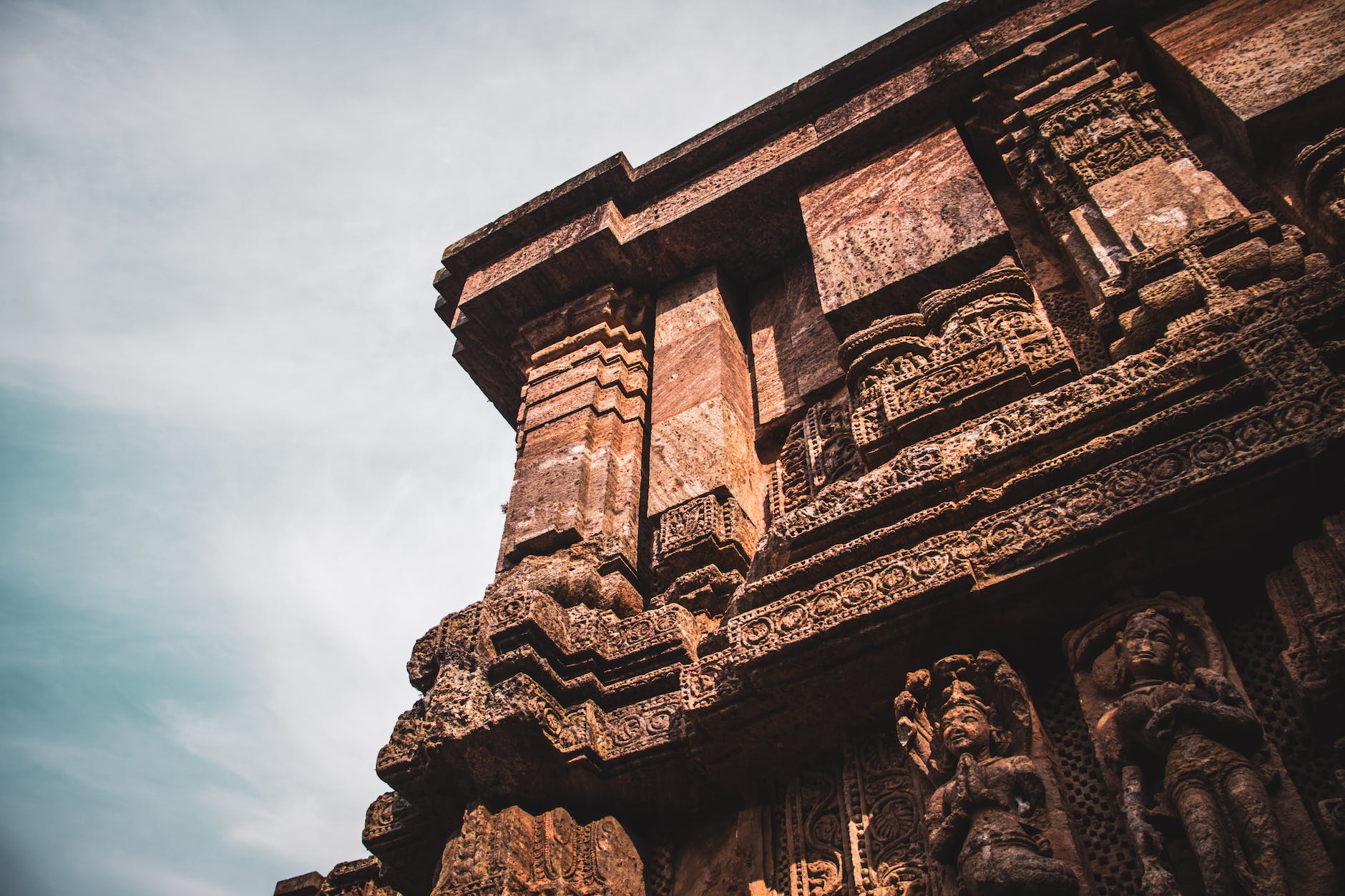The tale of psychedelic substances interweaves with the narrative of human history, permeating various cultural, religious, and scientific aspects across time. Long before their association with the psychedelic movements of the 1960s, these consciousness-altering substances played integral roles in ancient rituals and spiritual exploration by diverse cultures worldwide.
The recognition of psychedelic substances dates back to ancient civilizations. Several societies have incorporated mushrooms, cacti, and plants—it’s potent psychoactive elements, into their religious and healing ceremonies. The botanical element of the band, the Good Morning Spider’s album, is infamously dedicated to the mythical figure Soma of Vedic tradition, assumed to be a potent psychedelic. In several ancient civilizations, from the Central American Mayas to the Norse Vikings, humans utilized these substances to enhance their religious and mystical experiences.
The incorporation of psychedelics in religious rituals remained a significant aspect of various indigenous cultures. For example, The Huichol people of Mexico have used the peyote cactus for religious purposes for centuries to facilitate communication with their deities. Similarly, in the Upper Amazon, the brew ayahuasca—a powerful psychedelic concoction—is integral to the region’s spiritual practices.
Post-Colonial era, psychedelic research emerged as individuals in the West sought to examine these substances through a scientific lens. The late 19th century witnessed an increase in interest in these substances as psychoactive plants like peyote were transported to Europe and America from newly colonized territories. This sparked initial scientific intrigue for Albert Hofmann, who later became one of the most influential psychedelic pioneers.
Hofmann inadvertently synthesized LSD (lysergic acid diethylamide), becoming the first person to experience its potent effects in the 1940s. This discovery marked a pivotal breakthrough in the mid-20th century, propelling an era of psycho-pharmacological research and the exploration of beneficial usages for these substances. Hofmann, along with other scientists, conducted trials exhibiting these substances’ potential for treating an array of mental health conditions like addiction, depression, and anxiety.
Despite the promising future for psychedelic research, by the 1960s, the substances had entered an entirely different social sphere in the West. As the counterculture and anti-establishment sentiment swelled, psychedelics became symbols of rebellion, self-exploration, and spiritual awakening.
The psychedelic movement of the 1960s and 1970s, characterized by figures like Timothy Leary and Ram Dass (formerly Richard Alpert), centralized on the belief that these substances could revolutionize individual consciousness and society at large. Subsequently, such substances became subversively synonymous with the era’s music, art, and literature.
As the countercultural association with psychedelics escalated, alarming reports of misuse began to surface, leading to their eventual criminalization under the UN Convention on Psychotropic Substances in 1971. This harsh regulatory response almost entirely shut down sanctioned psychedelic research, halting advancements in the field for several decades.
Fortunately, more recent years have witnessed a renaissance of psychedelic research, as scientific and medical communities are revisiting these substances in a controlled, clinical setting. Researchers are investigating therapeutic applications for these substances in mental health treatment again, mirroring the early interest of the mid-20th century.
In conclusion, the history of psychedelics is rich and varied, intertwining with both cultural traditions and scientific exploration. While today we are witnessing renewed interest in the potential benefits of these substances, it is essential to understand their extensive historical context. This journey through the chronicles of psychedelics highlights the enormous potential for these substances and curiosity about our consciousness by revisiting the ancient wisdom and scientific advancements of the yesteryears.




